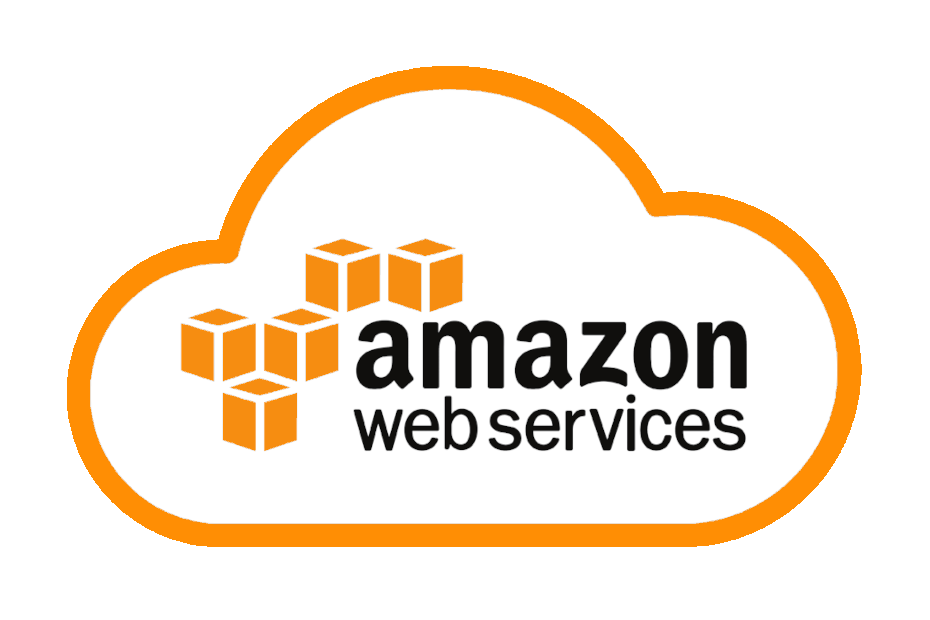Table of Contents:
A follow up post to my recent post Amazon? No! Amaz-off! where I am trying to not use big corporate behemoth companies to provision my first-world fripperies.
I think I’ve finally managed to release myself from all things Amazon, the final elements of which included Amazon Web Services (AWS).
AWS
I’ve used AWS for a few years now, mainly because if you create an email address alias for your own email account and supply them with a credit card number, they will allow you to provision a free-tier VPS (Virtual Private Server) for one year. That one VPS is a reasonably low spec (1 CPU, 1Gb RAM, 30Gb disk) but it’s enough to run a Linux server and host a website (i.e. this one).
For that, you get all of the nice VPS things, like firewalls (both in and out), snapshot capabilities, static IP addresses (called elastic on AWS) and secure emailing facilities. Which is all very nice for no cost.
Ignoring the size of the provisioned server, the downside of it is that the free-tier only lasts for one year (it’s meant to be for testing, rather than production, to be fair!). Which means that when the one year expiry is approaching, you have to create another email address alias, a new AWS account and build it all up again from scratch. (There’s no migrating, as that will cost money to do so.) Whilst that’s no really big deal, it is a pain in the proverbial to go through that every year. Setting up the server itself is not much of an issue, it’s the secure email bit that takes forever to set up.
VPS
Wishing to step away from anything Amazon, I started looking around for either a hosting solution, or a VPS solution that was reasonably affordable and would meet my not-very-much requirements.
Hosting
The whole reason that I started using AWS in the first place was because the hosting packages that I was paying (quite a lot of) money for, were mainly rubbish. I was paying quite a lot per year to have no control over the server/firewall/security elements of the hosting, and had to use an awful control panel to manage things like certificates and DNS – all of which were “extras”. I decided after a few years of mucking about with various hosting companies (based in both the UK and the USA) to look at a VPS.
Virtual Private Servers
At the time I was on the market for a VPS, they were still quite expensive to rent. They weren’t all that common at the time, only the bigger providers like Amazon and Google provisioned them with any reliability and they were mainly pay-per-use.
It was doing the research for the transition over to VPS that I discovered the Amazon one year free trial – and that’s what I’ve been using ever since.
Step away from the behemoth
Compared to the time that I first looked at VPS solutions, the market has expanded by a huge amount. There’s a lot more providers around, which encourages competition, which in turn keeps prices at a reasonable level.
Remembering that I don’t want to use big corporate companies, I looked at several smaller providers for VPS services.
I also wanted a provider that was not leveraging large corporate datacentres to provision their services, or using anyone else’s network infrastructure. Oh and they have to be green as well. (As in environmentally friendly, not coloured green. Like an alien.) Which narrows the search a bit. Erm.
I looked around. I didn’t like the look of some of the smaller providers and couldn’t get the information that I wanted to see from their websites. Then I had a thought…
Enter IONOS
I’ve used IONOS 1&1 for a few years, to provision my domain and DNS services. When I first engaged their services, they were a single office, based in the high street of the City in which I live, and they were called 1&1 Internet. A couple of years later, they were taken over by the IONOS Group SE, based in Germany.
I’ve stayed with them for a few years, just maintaining domain names mainly. They have a fairly decent web portal top manage things like DNS entries and provide a free SSL certificate for one of your domains. So I thought I’d look up their VPS services.
Turns out they’re fairly competitive price-wise, they have a few green datacentres dotted around and they’re quite an ethical company. They’re not so small as to be likely to be out of business soon, but not so large that they’ll turn into another Amazon.
So that was it: after a bit of further investigation (just to make sure everything checked the necessary frippery boxes) I went with IONOS 1&1 for a VPS. On which you are now reading these very posts.
That’s it – Amazon, we’re done!
So that is it. This was the last piece of Amazon that I had to relinquish, and it turned out to be not so cost-prohibitive as I thought it would be.
I no longer rely on Amazon for purchases, (e)books, VPS services or music any longer.
Hooray!

